If you’re inspired by the imaginative world of art and aesthetics, perhaps an online art history masters degree is in your future.

Art has been around since the dawn of humankind. Painting, sculpture, photography, mixed media, video, and fiber arts provide us with a way to express ourselves visually. Whether you focus on a specific medium or time period, the study of art history tells us more about our humanity.
Editorial Listing ShortCode:
Here you can take a look at how getting your online graduate degree in art history can help open doors to related careers in art, education, design, and beyond.
Online Masters in Art History Programs

Taking a Master of Arts History online program can give you opportunities to examine different time periods, styles, and stories captured through the creation of visual arts.
Your program may cover Renaissance painting, modern sculpture, and everything in between. While different programs include their own unique focus and classes, you’ll likely cover the full history of art, from ancient civilization to modern and futuristic interpretations of art.
Not only will you study the artworks themselves, but you’ll likely be asked to research and develop theories related to the art, the time period, and connections to other eras in history. You’ll likely compare and contrast styles, subjects, and techniques used over time.
Editorial Listing ShortCode:
You may choose to focus your master’s education on a certain time period or style of art to achieve an expert-level understanding of the art and artists involved. Alternatively, you may wish to understand the development of art over time without specializing in one area.
Those who complete an art history masters program online frequently apply their skills to jobs in the following areas:
- Galleries
- Museums
- K-12 schools
- Non-profit organizations
- Community colleges
Earning a masters degree in art history can help prepare you for a career immersed in art or art education. In addition, you can have the opportunity to exercise your analytic and research skills, which can aid in a variety of future career situations.
Art History Careers and Salaries
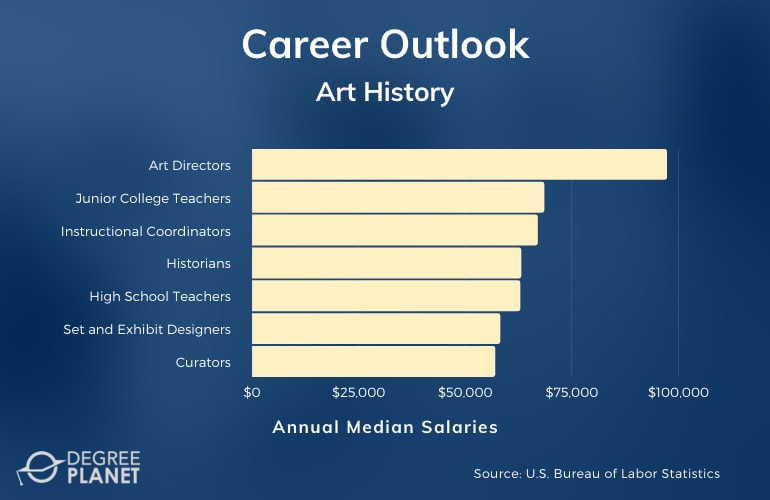
Your potential career path upon completing your masters degree in art history depends on many factors, including your area of study, your experience, and the direction that most appeals to you.
According to the Bureau of Labor Statistics, these are some of the possible career paths for professionals with a masters degree in art history.
| Careers | Annual Median Salaries |
| Art Directors | $100,890 |
| Postsecondary Teachers | $79,640 |
| Historians |
$63,940 |
| Instructional Coordinators | $63,740 |
| High School Teachers | $61,820 |
| Fine Artists—Including Painters, Sculptors, and Illustrators |
$60,820 |
| Curators | $60,110 |
| Archivists | $60,050 |
| Set and Exhibit Designers | $54,860 |
| Museum Technicians and Conservators | $47,630 |
Many careers related to art history are expected to experience growth over the next ten years. For instance, archivists, curators, and museum workers are projected to see 19% job growth throughout the next decade (Bureau of Labor Statistics).
Editorial Listing ShortCode:
Besides working for a museum or gallery, you might be interested in working in an art education capacity. You may choose to teach art or to create art class curriculum as an instructional coordinator.
M.A. in Art History Curriculum & Courses

There are many art history graduate programs online to choose from, and each offers its own unique curriculum. You’ll likely encounter classes that inspect, analyze, research, and discuss art.
Some typical classes include:
- Art Theory and Criticism: This class can give you opportunities to learn about various styles of art and how to view art through the lens of its time.
- History of Western Art: This course demonstrates how artistic themes and ideas have changed over time in Western art.
- Ancient Art and Archaeology: This class discusses how art and archaeology have always been closely intertwined in matters of design and ornamentation.
- History of Photography: This course charts how the art of photography has developed from the early days to modern technology.
- 20th Century Expressionism: Courses such as this can help students focus on a particular time period and style throughout the history of art.
- Contemporary Art: This course encourages students to consider the traits of contemporary art, including subjects, styles, and themes.
- Italian Renaissance Art: The artists of the early, high, and late Italian Renaissance have been extremely influential on artists following in their steps, and this course highlights how.
- Themes in Eastern Art: Artistic styles vary around the world, and each area focuses on different themes, trends, and stories in their art. This course discusses Eastern Art, but art history programs may have many different classes focusing on art from different cultures.
- Historical Development of the Landscape: There are certain topics, such as landscapes, that continue to inspire artists, and this course explores the development of landscapes throughout history.
- Impact of World Events on Art: Art is a reflection of both reality and creativity, and this course, explores the impact of society on art.
The courses offered in a masters of art history degree program can help you further understand, appreciate, and analyze art.
How to Choose an Online Art History Masters Degree Program

There are many MA in Art History distance learning programs to choose from. Here are a few things to keep in mind when making your selection:
- What do you wish to do with your degree?
- How much does the program cost?
- How many credit hours are required to graduate?
- What type of capstone or final project is required?
- What are the admissions requirements?
You will likely find that some online art history masters degree programs fit your goals, budget, schedule, and preferred educational path better than others.
Art History Grad Program Admissions Requirements

You’ll find varying admission requirements for art history graduate programs online, so it’s beneficial to research each school’s criteria before you begin the application process. These are some common admission requirements:
- GRE or GMAT scores (only some schools require them)
- Bachelor’s degree, typically in an art-related field
- Transcripts
- Letters of recommendation
- Online application form
You may also be asked to provide a personal statement describing your interest and goals for the program, along with a writing sample and application fee.
Art History Masters Programs Accreditation

When searching for a masters in art history online program, you can verify a prospective school’s accreditation status by utilizing the database from the Council for Higher Education Accreditation (CHEA).
Schools that are regionally accredited are known for meeting higher educational standards. Future employers may be interested in candidates who have completed these more rigorous programs. Accredited programs also meet eligibility requirements for federal financial aid.
Editorial Listing ShortCode:
You can determine if your program is accredited via the school’s website, or you can visit CHEA’s website for more information on accredited schools.
Financial Aid and Scholarships

Each school’s masters in art history program will have a different cost. This often depends on the number of courses taken as well as whether you are a part-time or full-time student. To help pay for school, most students apply for financial aid and scholarship opportunities.
Many schools offer a variety of scholarships and grants. These may be based on the program you select, your academic merit, or your financial needs. You can learn more about financial aid opportunities provided by the school when applying.
You can also complete the Free Application for Federal Student Aid (FAFSA) to apply for government aid for a graduate program. The FAFSA determines your eligibility for aid based on your financial situation.
Some employers will also help cover the costs of their workers’ educational pursuits.
What Is a Master’s Degree in Art History?

A master’s degree in art history program is an advanced degree program designed to enrich your knowledge about the history of art. Art history programs explore different styles, techniques, schools, and forms of art that have allowed humankind to express their thoughts and feelings while recording history visually.
Though various programs will have different requirements, you’ll likely learn more about art theory and the development of art throughout time and culture. You may also learn how one type of art influences another and how societal events have shaped cultures’ aesthetics.
What Can I Do with a Masters in Art History?
Your masters degree in art history could help you qualify for career opportunities in a variety of fields. Some graduates go on to work at museums, galleries, or auction houses. Others pursue careers as researchers or historians.
You may also apply your degree toward educating others about art and art history. The Bureau of Labor Statistics predicts that those with the ability to analyze and research art and artifacts will continue to be in above-average demand over the next ten years. Educators at all levels are expected to be in demand as well.
How Long Does It Take to Get a Masters in Art History Online?

The length of time required to complete your masters in art history degree online depends on the program itself and how much time you can devote to your studies. A masters degree can generally be completed in 1 to 2 years.
If a program requires 36 credit hours, you may be able to earn your degree in 1 year if you enroll as a full-time, year-round student. Additional time may be required if a final project or thesis is part of the program requirements. If you attend school part-time, it will often take you longer to finish your degree.
What Jobs Can You Get with an Art History Masters Degree?
Professionals with a masters degree in art history may choose to work in museums, galleries, or auction houses. Local museums or historical sites often have art collections, and galleries and auction houses use educated eyes to select items for sale.
Editorial Listing ShortCode:
Art educators for students of all ages can also have a background in art history. Additionally, those who have an art history masters degree may wish to pursue art directly, either in their own works or as a creative art director for a large company or production house.
What’s the Difference between an MA vs. MFA in Art History?
As you search for masters degrees in art history, you may see some programs designated as Master of Arts (MA) or Master of Fine Arts (MFA). Here are some ways these programs can differ.
| MA in Art History | MFA in Art History |
|
|
Whether an MA or an MFA in Art History is best for you will likely depend on your interests and professional goals.
Is a Masters Degree in Art History Worth It?

Yes, a masters degree in art history is worth it for many professionals. If art is one of your passions, you may be drawn to a career that allows you to continue to research, analyze, and enjoy art of all types.
According to the Bureau of Labor Statistics, education, training, and library occupations are expected to see 10% job growth over the next ten years. This job category includes archivists, curators, and museum workers, who are projected to see faster than average growth.
Editorial Listing ShortCode:
Earning your masters degree in art history can help you qualify for career opportunities that cultivate your appreciation and understanding of art.
Universities Offering Online Masters in Art History Degree Program
Methodology: The following school list is in alphabetical order. To be included, a college or university must be regionally accredited and offer degree programs online or in a hybrid format.

The Academy of Art University offers an MA in Art History. It offers the opportunity to take courses like Ancient Greek Art: The Foundation of Western Civilization, Art History Methodologies and Theory, and The Golden Age of Dutch Art. The degree can be earned entirely online or in a hybrid format of online and on-campus classes.
Academy of Art University is accredited by the WASC Senior College and University Commission.

Azusa Pacific University offers an MA in Modern and Contemporary Art History. This is an asynchronous online program designed to provide flexibility for working professionals. Students have 8 weeks to complete each course. Most students commit 22 hours per week to each three-unit course.
Azusa Pacific University is accredited by the WASC Senior College and University Commission.

Eastern Illinois University offers an online, part-time MA in Art Education. The program includes courses in art education, art history, and studio art. To apply, prospective students must have a minimum GPA of 2.75 and submit three letters of recommendation. GRE and GMAT scores are not required.
Eastern Illinois University is accredited by the Higher Learning Commission of the North Central Association of College and Schools.
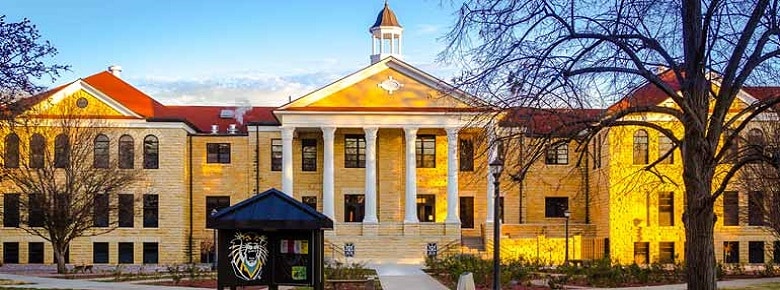
Fort Hays State University offers a Master of Liberal Studies with a concentration in Art History. Most courses are available online. Classes include Information Literacy, Seminar: Ancient Art History, Graduate Readings in Art History, and more.
Applicants must submit a writing sample and professional resume and have a GPA of at least 3.0.
Fort Hays State University is accredited by the Higher Learning Commission.
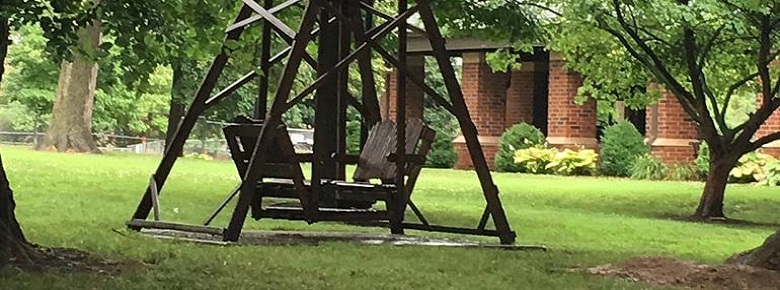
Lindenwood University offers a Master of Arts in Art History and Visual Culture. The program uses Open Educational Resources and no-cost textbooks, but students do need a virtual reality headset to participate. The degree can be earned fully online or in a hybrid format.
Lindenwood University is accredited by the Higher Learning Commission.
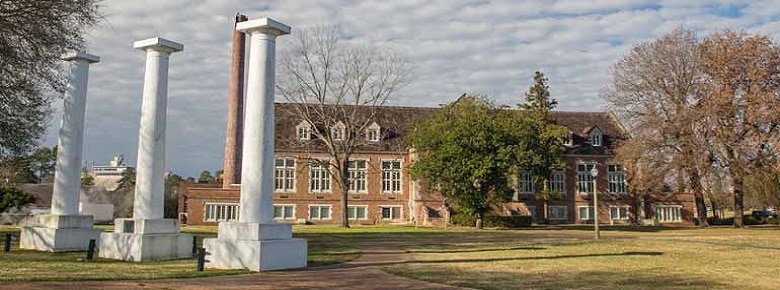
Northwestern State University of Louisiana offers a low-residency, online program for a Master of Arts in Art through its global campus.
The program is designed to prepare students for the professional art world through a combination of academic studies and hands-on training. Students are also given the opportunity to create a portfolio.
Northwestern State University of Louisiana is accredited by the Southern Association of Colleges and Schools Commission on Colleges.

Pennsylvania Academy of the Fine Arts offers a low-residency Master of Fine Arts designed to offer the same academic rigor but greater flexibility than a traditional MFA program. Courses include Writing on Art for Artists, 20th Century Art, Art in the City, and more.
Students in the program are required to be on campus for summer terms that are 8 weeks long.
Pennsylvania Academy of the Fine Arts is accredited by the Middle States Commission on Higher Education.
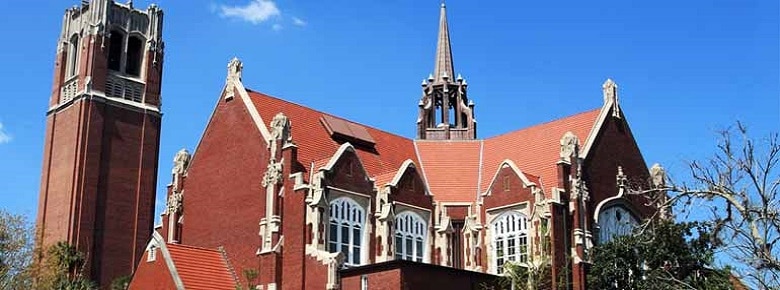
The University of Florida offers a Master of Art in Art Education. The program is 100% online, but students are given the opportunity to come to campus during the summer for a studio session. Courses are flexible and just 8 weeks long. The program can typically be completed in 2 years.
The University of Florida is accredited by the Southern Association of Colleges and Schools Commission on Colleges.
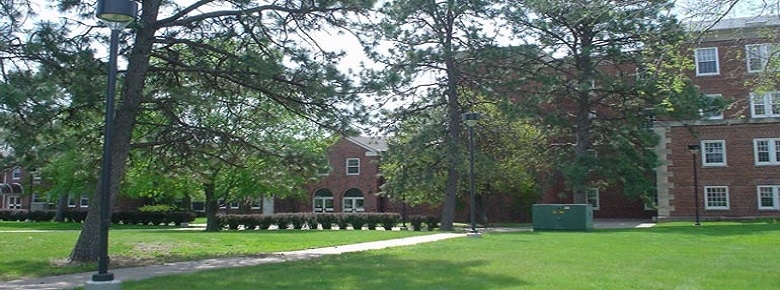
The University of Nebraska—Kearney offers an online Master of Arts in Education: Art Education. Students can choose an emphasis in either Classroom Education or Museum Education.
The program requires the completion of 36 credit hours and includes courses such as History, Theories, and Philosophies of Art Education and Art Methods for Young Children.
The University of Nebraska—Kearney is accredited by the Higher Learning Commission.

The University of Northern Iowa offers a Master of Arts in Art Education that can be earned entirely online. The program requires the completion of 30 credit hours and follows a cohort model. Students are required to take 6 credit hours for five semesters, starting in the fall.
The interdisciplinary curriculum covers pedagogy, art history, and studio art.
The University of Northern Iowa is accredited by the Higher Learning Commission.
Getting Your Art History Masters Online

If you have a passion for art, research, and analysis, perhaps your next step is to take a Master of Arts History online program. Throughout our history, humans have used art to express thoughts and feelings.
If you pursue an online art history masters degree, you’ll have the opportunity to learn more about how the artistic process has developed over time and been impacted by cultural events.
Professionals with graduate degrees in art history may have started with an on-campus or online art history associates degree and worked their way up from there. They may have worked in museums, galleries, or auction houses. Others with online art history degrees may work in education at varying levels or go on to become art directors.
If you’re wanting to advance your expertise in this field, why not start exploring art history masters programs from accredited universities today?

